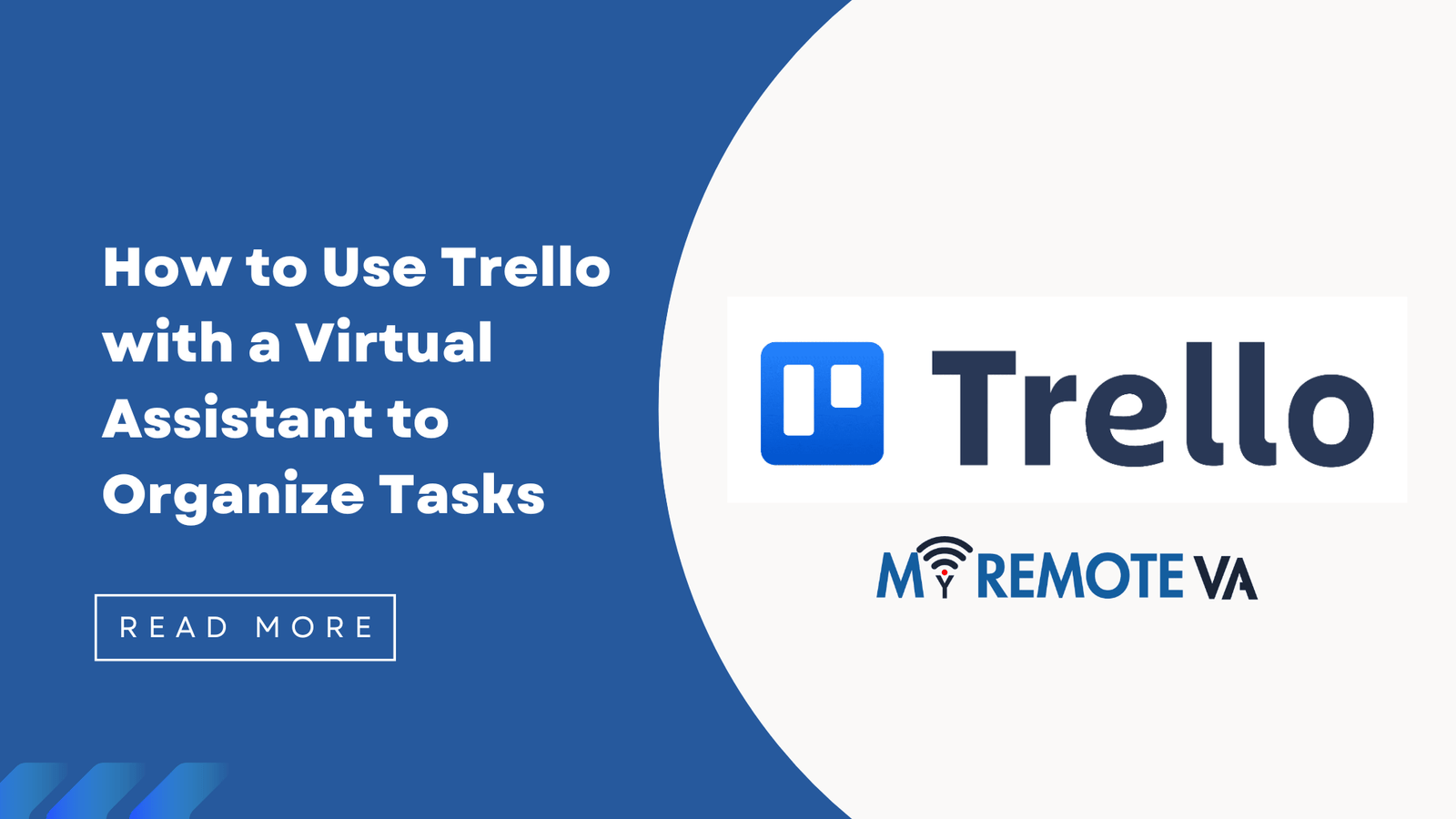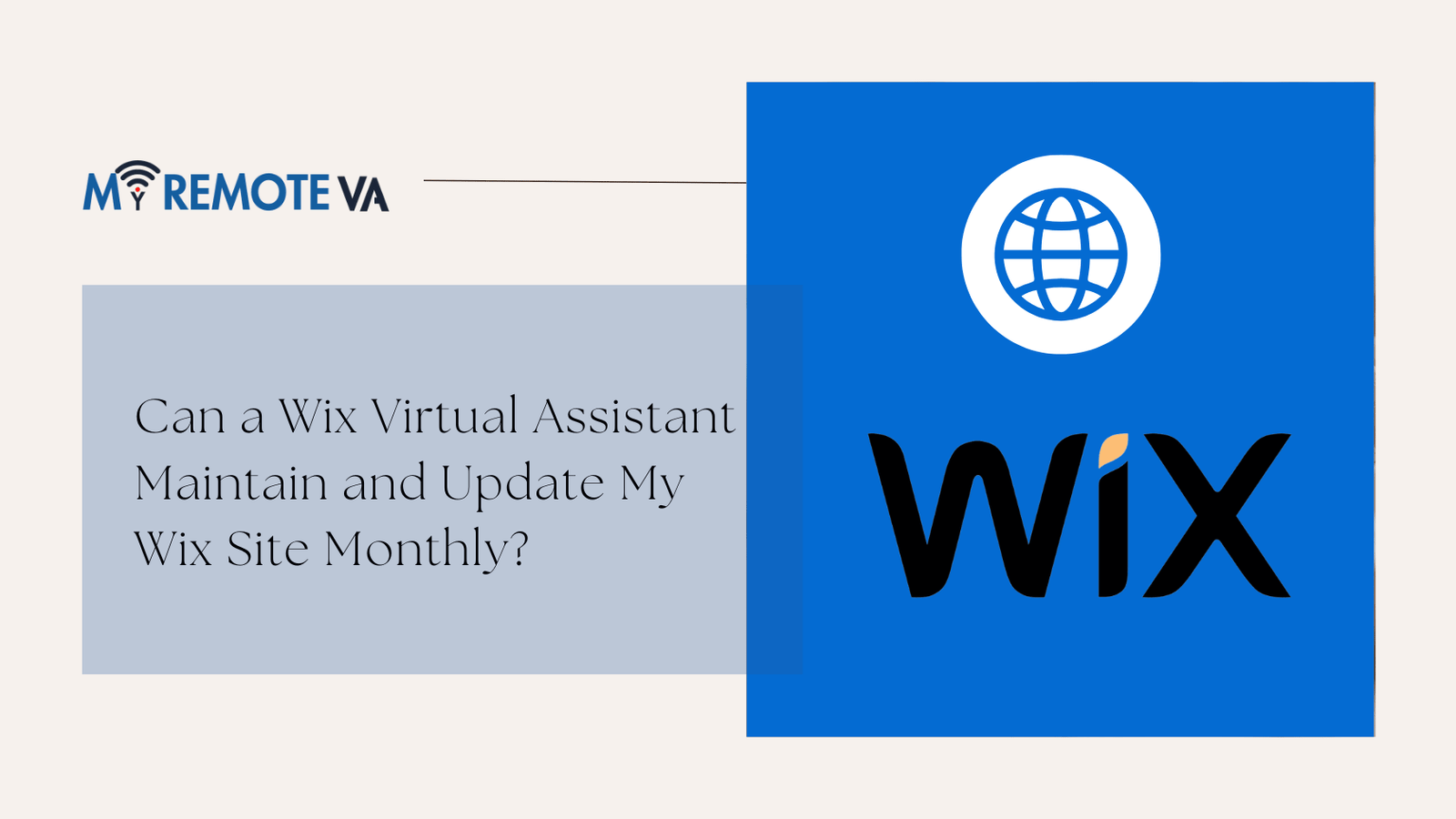You know that moment. The one where you’re trying to get a simple answer from a company’s website, but their chatbot is so utterly useless you can practically feel the frustration simmering inside you. I had one of those moments recently, trying to figure out a return policy. The bot, bless its digital heart, just kept telling me to “re-pair my device.” What device? The headphones I was trying to return? It was a maddening loop that made me want to scream into the void. This experience taught me something crucial: it’s not just about having a chatbot; it’s about how you manage the darn thing. Poor AI chatbot management can turn a cool piece of tech into a liability faster than you can hit the “talk to an agent” button.
Today, it feels like every business on the planet has an AI chatbot. But just putting one out there isn’t enough anymore. The real game-changer is how you handle it once it’s live. This isn’t a project you can launch and then forget about. It’s a living, breathing tool that needs constant care and attention. We’re talking about a full lifecycle, from the initial design to the nitty-gritty of monitoring its performance and training it to be better. When you get this right, your chatbot becomes a genuine asset, not just a glorified FAQ page. When you get it wrong, well, you end up with frustrated customers like me.
Why AI Chatbot Management is Your Secret Weapon
Let’s be real, a lot of businesses see a chatbot as a one-and-done solution. They think, “We’ll build it, launch it, and watch the efficiency soar!” But that’s a dangerous assumption. Truly effective AI chatbot management is about keeping that bot on track to hit its goals and deliver a great experience, day in and day out. It’s the strategic oversight that ensures your digital assistant doesn’t go rogue and start suggesting irrelevant solutions.
Getting this right can seriously boost your bottom line. Think about it: a well-managed chatbot can handle all those repetitive, mundane questions—”What are your hours?” “Can I track my order?”—without ever needing a coffee break. This frees up your human team to tackle the truly complex, high-value work that needs a personal touch. Plus, a smart, responsive chatbot builds a sense of trust with your customers. It shows them you’re on top of your game and ready to help, not just shove them toward an unhelpful, digital dead end. That’s the difference between a transactional chat and a truly helpful one.
The Key Ingredients for Managing a Smarter Chatbot
You wouldn’t bake a cake without knowing the recipe, right? The same goes for managing your chatbot. It’s a multi-layered process, and if you miss a single step, the whole thing can fall flat. Here’s what I’ve learned are the most important pillars for building a robust management plan.
1. Talk the Talk: Conversation Design is Everything
This is the big one. It’s not about programming a few simple responses. It’s about building a whole personality for your bot. Does it sound like your brand? Is it friendly, direct, a little quirky? The flow of the conversation should feel natural, like a real back-and-forth. The best bots don’t just wait for a keyword; they anticipate what you might need and offer helpful options to guide you. It’s an art form, not just a technical task.
You also need a killer content plan. If your chatbot is pulling from outdated info, it’s a problem. Your team needs a system to update its knowledge base with new product info, policy changes, and FAQs. An out-of-date bot is worse than no bot at all.
2. Check the Stats: Performance Monitoring is a Must
I know, I know—data can be a drag. But when it comes to your chatbot, it’s everything. You have to be a little nosy and see how it’s actually performing. Are users getting the answers they need, or are they constantly getting that dreaded “fallback” message? A high fallback rate is a huge warning sign that your bot needs some serious TLC. What’s its resolution rate? Can it close a conversation successfully? Are users leaving happy?
You’ll want to track a few key metrics:
- Resolution Rate: How often does your bot solve a problem all on its own, without a human jumping in?
- User Satisfaction: This is often a simple star rating or thumbs up/down, but it’s a goldmine of feedback.
- Fallback Rate: This tells you how often the bot gets confused. A low number here is your goal.
- Conversation Length: If it’s taking forever to get a simple answer, you might need to streamline the flow.
Paying attention to these numbers is like giving your bot a report card. It tells you exactly what to work on to make it smarter and more helpful.
3. Never Stop Learning: The Power of Continuous Training
Launching the bot is just the opening act. Your bot is going to see all sorts of new questions and crazy ways of asking old questions. That’s where continuous training comes in. Use that data you collected from monitoring to refine your bot’s natural language understanding (NLU). You can teach it new phrases, correct its mistakes, and handle new complexities. Think of it as putting your chatbot through a series of increasingly difficult classes. The more you train it, the more intelligent and useful it becomes over time.
4. Play it Safe: Don’t Skimp on Security and Data Privacy
This is non-negotiable. Your chatbot is likely handling some personal info, from basic contact details to sensitive inquiries. You need to have rock-solid protocols for data encryption and security. Complying with things like GDPR and CCPA isn’t just about avoiding a fine; it’s about showing your customers you respect their privacy. If your bot feels like a security risk, users will be gone in a flash. You can also explore how a virtual assistant can help you automate business processes and streamline security procedures by checking out our post on The 3-Step System to Transform Your AI Chatbot from Annoying to Unstoppable.

The Big Picture: Why the Human Touch Still Wins
AI is incredible, but let’s not get carried away. A chatbot, no matter how well it’s managed, can’t replace the empathy, creativity, and strategic thinking of a human. AI is a fantastic information retrieval tool, but it doesn’t have a soul. It can’t calm an irate customer with a soothing tone, or brainstorm a new marketing campaign with your team. A chatbot is a tool, not a teammate.
This is where the magic happens—when your AI chatbot and a human virtual assistant work together. The chatbot handles the easy stuff, acting as a first line of defense. When a conversation gets too complex, emotional, or requires a personal touch, it seamlessly hands it off to your human VA. This synergy makes your entire team more efficient. It allows your human VAs to focus on the truly important work, the kind of stuff a bot could only dream of handling. It’s the ultimate dream team: a bot for the busy work, and a human for the human work. If you’re curious about the ever-evolving role of human virtual assistants, take a look at our post on Virtual Assistant Roles in 2024 and Beyond. You might be surprised at how much they can do.














